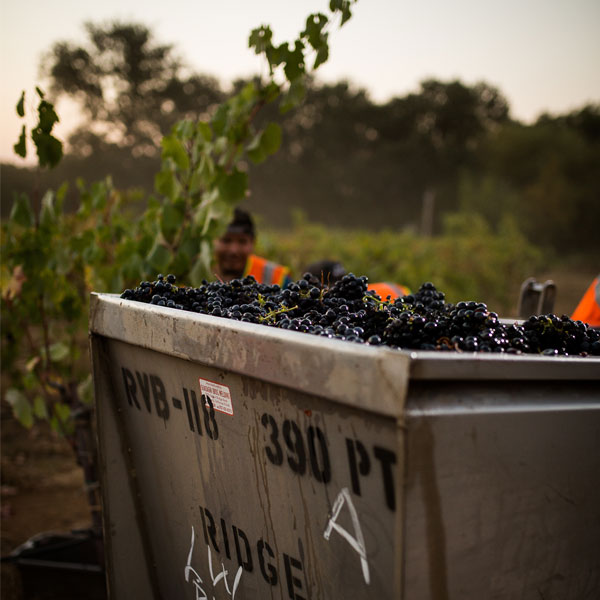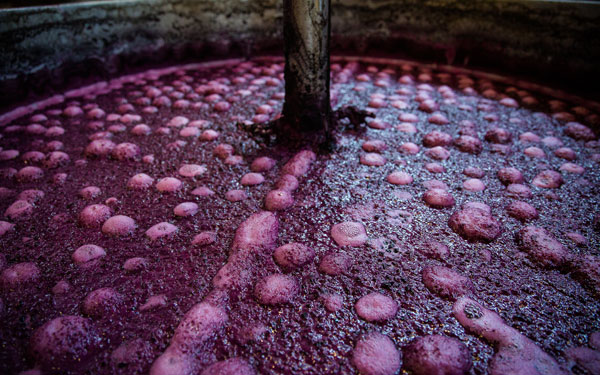2020 Harvest Report – Sonoma
February 2021
After the difficulties of 2019 related to wildfires, it seemed unlikely that we would ever encounter conditions as challenging. Indeed, several encouraging rains in December helped replenish groundwater, increasing optimism that the upcoming year was off to a promising start. Unfortunately, the wet weather abruptly stopped in January. February followed in similar fashion and was one of the driest months Sonoma County has ever seen. Subsequent rains in mid-March and again in May, though welcome, disrupted fruit set. So we knew that yields would be down, and with minimal moisture in the soil available to the vines, the possibility of stress from high heat during the growing season was a concern. Relatively mild summer temperatures, however, alleviated this concern. Meanwhile, the implications related to the unfolding Covid situation quickly came front and center. As neither vineyard nor winery work can be done remotely, we quickly adapted with safeguards that allowed work to continue without affecting quality.
At our Geyserville Vineyard, zinfandel and carignane both showed veraison in mid-July, which is two weeks earlier than normal. The smaller crop, heat, and lack of water accelerated ripening. By early August, with veraison at all of our Sonoma County vineyards underway and, in many cases, complete, we anticipated a harvest with less, but highly concentrated fruit. Early in the morning of August 16, high winds blew into Dry Creek Valley. At first, the winds were accompanied by a few raindrops, but precipitation quickly gave way to a highly unusual lightning storm that ignited fires throughout Sonoma. By the afternoon of August 17, firefighters were responding to what would be known as the Walbridge fire burning to the northwest of Lytton Springs.
Fortunately, the majority of the smoke associated with this fire blew directly south, bypassing our estate vineyards. Geyserville’s grapes were sampled repeatedly in order to follow their flavor progression. By taste, as flavors peaked, harvest was scheduled. It was soon fully underway, which saved us from the incredible heatwave of Labor Day weekend. Although the smoke appeared to have bypassed our Lytton vineyards, we kept every vineyard block separate during and after fermentation to allow for careful analysis and assessment by taste. Post malolactic, as always, we blind-tasted all of these lots, almost forty, to select the best for our Lytton Estate wines. In an abundance of caution, we declassified only three. With zinfandel yields down, the color and acidity that petite sirah and carignane contribute, comes into focus. Despite the difficult challenges that nature posed in 2020, we were able to produce wines with remarkable concentration that promise to evolve over many years to come.
Wait!
In order to qualify for user related discounts, you must log in before proceeding with checkout. Click the button below to log in and receive these benefits, or close the window to continue.
Log In

